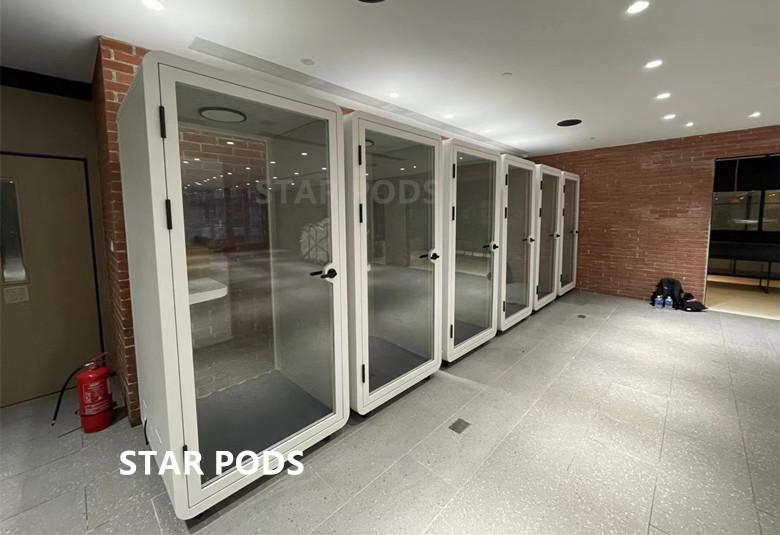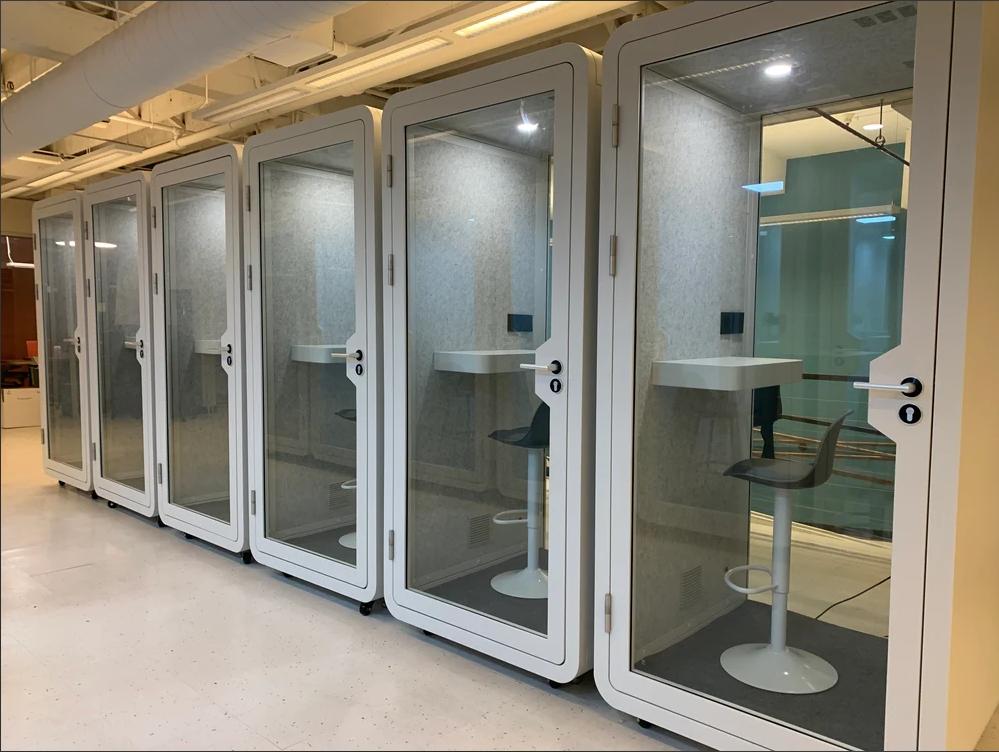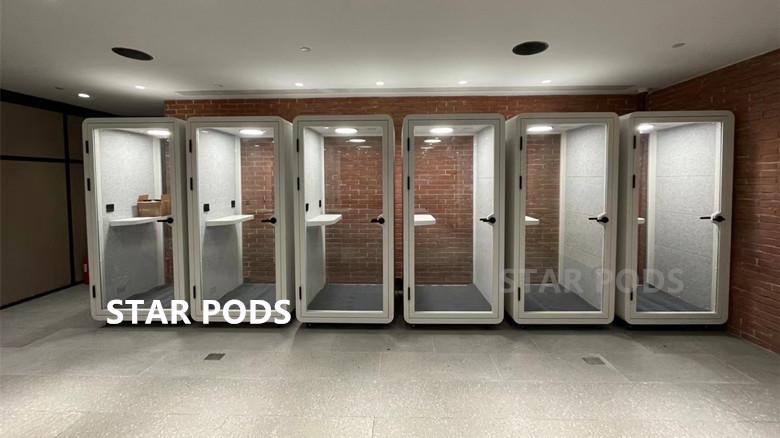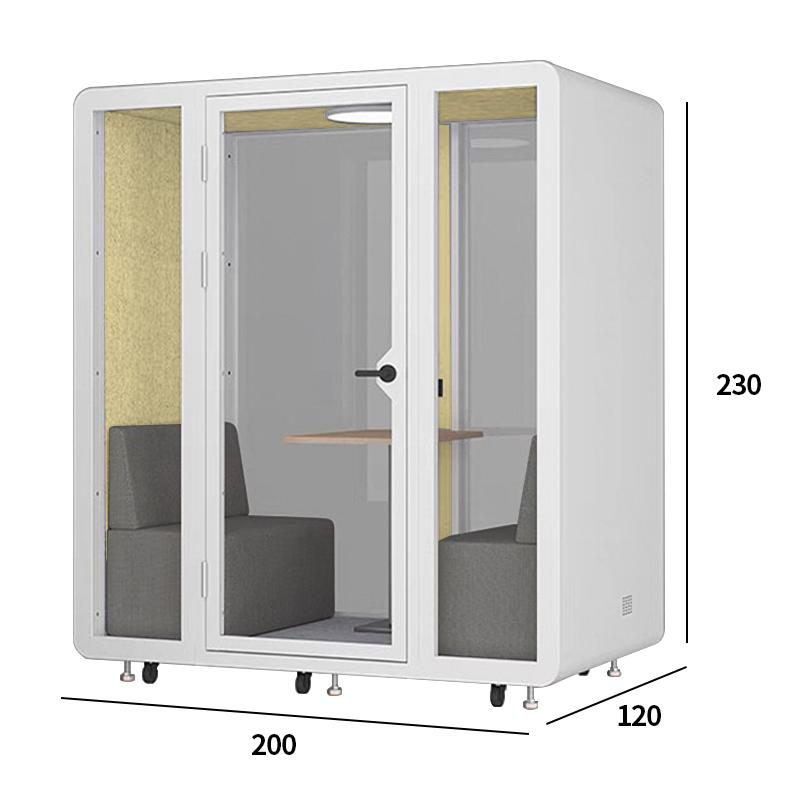In today’s fast-paced work environment, the need for privacy and focus has never been more critical. As open office layouts become the norm, many companies are turning to innovative solutions like cubicle phone booths, sound isolation booths, and meeting booths to create spaces that foster productivity. But one question looms large: Are your sound isolation booths totally soundproofed?
Understanding Sound Isolation Booths
Sound isolation booths are designed to minimize external noise and provide a quiet space for phone calls, video conferences, or focused work. These booths can be a game-changer in an open office setting, where distractions are abundant. However, the effectiveness of these booths largely depends on their construction and materials used.

The Anatomy of a Sound Isolation Booth
To determine if your sound isolation booth is truly soundproof, it’s essential to understand its components. A well-designed booth typically includes:
- Acoustic Panels: These are specially designed to absorb sound waves, reducing echo and reverberation within the booth. The thickness and density of these panels play a significant role in their effectiveness.
- Sealed Doors: A soundproof booth should have a door that seals tightly when closed. Gaps around the door can allow sound to leak in, undermining the booth’s purpose.
- Vibration Isolation: The booth should be constructed in a way that minimizes vibrations from external sources. This can be achieved through the use of rubber feet or other vibration-dampening materials.
- Soundproofing Materials: High-density materials, such as mass-loaded vinyl or specialized soundproof drywall, can significantly enhance the booth’s sound isolation capabilities.

Are They Totally Soundproofed?
While many sound isolation booths are marketed as “soundproof,” the reality is a bit more nuanced. No booth can be entirely soundproof, especially in a noisy environment. However, a well-constructed sound isolation booth can significantly reduce external noise, creating a more conducive environment for focused work.
To assess the effectiveness of your booth, consider the following:
– Noise Reduction Rating (NRR): This rating indicates how much sound a booth can block. Look for booths with a high NRR for optimal sound isolation.
– Real-World Testing: If possible, conduct a simple test by making a phone call inside the booth while someone else makes noise outside. This will give you a practical sense of how well the booth performs.
– User Feedback: Gather feedback from employees who use the booth regularly. Their experiences can provide valuable insights into its effectiveness.

The Benefits of Meeting Booths
In addition to cubicle phone booths, meeting booths are becoming increasingly popular in workplaces. These enclosed spaces allow teams to collaborate without the distractions of an open office. Like sound isolation booths, meeting booths should also prioritize soundproofing to ensure confidentiality and focus during discussions.
Conclusion
In conclusion, while sound isolation booths and cubicle phone booths can significantly enhance productivity in an open office environment, it’s essential to understand their limitations. They may not be entirely soundproof, but with the right design and materials, they can provide a quiet refuge for focused work and collaboration.

Investing in high-quality sound isolation booths can lead to a more productive and harmonious workplace, allowing employees to thrive in their roles. So, before you make a purchase, do your research, test the booths, and ensure they meet your soundproofing needs. Your team will thank you for it!
